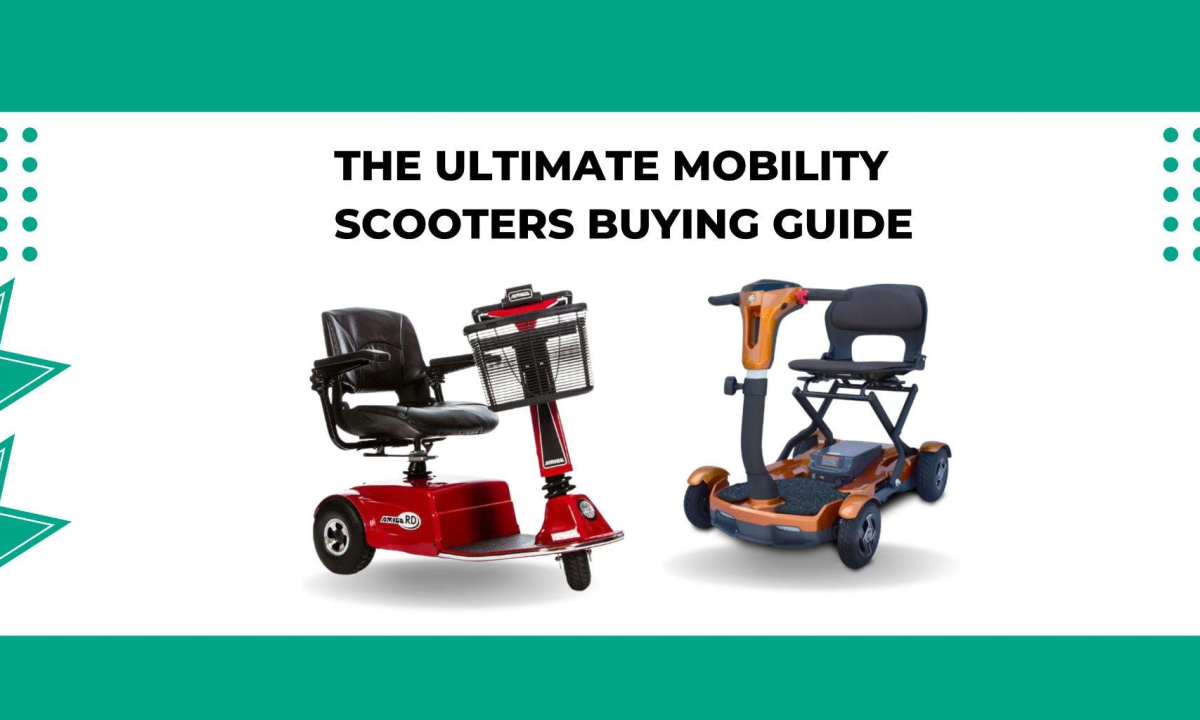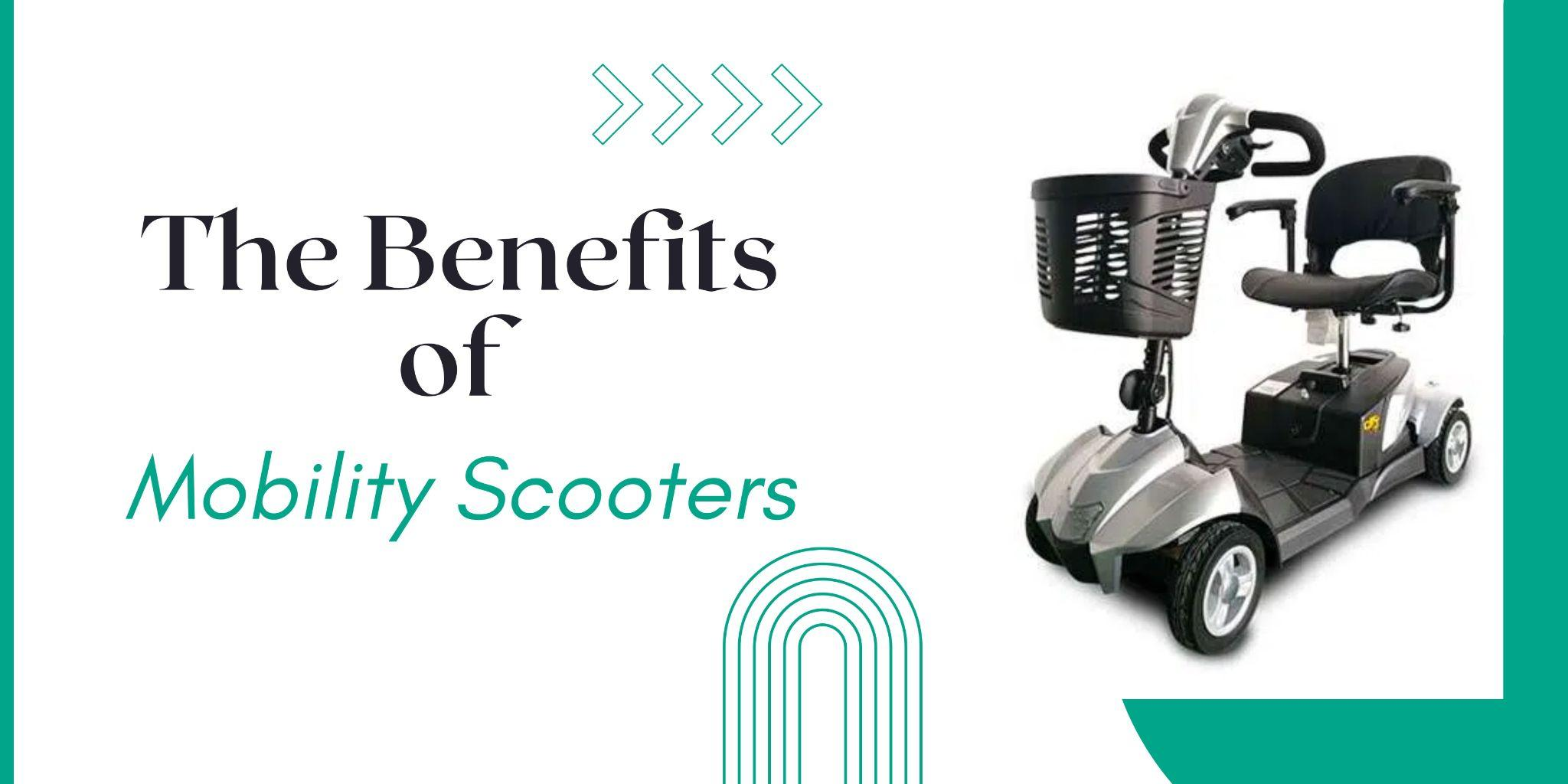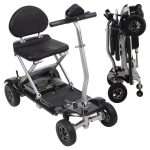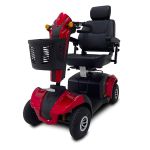The Ultimate Mobility Scooters Buying Guide
The Ultimate Mobility Scooters Buying Guide
Mobility scooters have revolutionized the way people with limited mobility navigate their world. Whether you’re looking to regain your independence or simply enjoy a more comfortable and convenient mode of transportation, this comprehensive mobility scooters buying guide will equip you with the knowledge you need to make an informed decision. From understanding different types of scooters to evaluating features and considering essential factors, we’ll take you step by step through the process of finding the perfect mobility scooter that suits your unique needs.
Quick Overview
What Are The Benefits of Mobility Scooters?
Mobility scooters offer a range of benefits that enhance the quality of life and independence for individuals with limited mobility. Here are some of the key advantages of using mobility scooters:
Increased Independence: Mobility scooters empower individuals to move around independently, reducing their reliance on others for transportation and allowing them to engage in daily activities and social interactions.
Improved Quality of Life: By giving users the ability to remain active and engaged, mobility scooters contribute to an improved overall quality of life. Users can continue participating in hobbies, exercising, and enjoying outdoor activities.
Enhanced Mobility: Scooters provide a convenient and efficient way to travel short to moderate distances, both indoors and outdoors. This enables users to run errands, visit friends and family, attend events, and explore their surroundings with ease.
Reduced Pain: Mobility scooters are an excellent option for individuals with conditions that cause pain or discomfort when walking. By eliminating the need to bear weight on the legs, scooters can alleviate pain and discomfort.
Cost-Effective: Mobility scooters can be a cost-effective alternative to other mobility aids, as they require less maintenance and can help prevent injuries associated with mobility challenges.
What Are The Types of Mobility Scooters?
Mobility scooters come in several types, each designed to cater to specific needs and preferences. Here are the main types of mobility scooters:
1 .Portable Scooters
Portable scooters, also known as travel scooters, are a specific category of mobility scooters designed for easy transportation and convenience. These scooters are intended to provide individuals with limited mobility the ability to maintain an active and independent lifestyle, even when traveling or on the go.
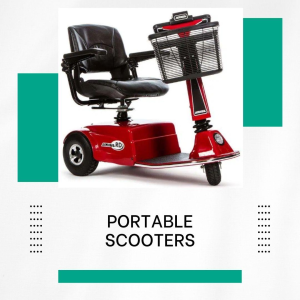
Features of Portable Scooters
Compact Size: Portable scooters are designed to be compact and lightweight. They often feature a foldable or disassembling design, allowing them to fit into car trunks, closets, or storage spaces with ease.
Foldability: Many portable scooters can be folded into a more compact shape for convenient storage and transport. This feature is particularly useful for those who want to take their scooter on trips.
Disassembly: Some portable scooters can be disassembled into smaller components, such as the seat, base, and battery pack. This makes it easier to transport the scooter in multiple pieces.
Battery Life: While portable scooters may have slightly smaller batteries to maintain their lightweight and compact design, they still offer sufficient range for short to medium distances.
Indoor and Light Outdoor Use: Portable scooters are well-suited for indoor use, such as navigating through homes, stores, and malls. They can also handle light outdoor use on smooth surfaces.
2. Heavy Duty Mobility Scooters
Heavy-duty mobility scooters are designed to provide enhanced support, durability, and weight capacity for individuals with higher body weights or those who require a more robust and sturdy scooter. These scooters are built to handle various terrains and offer a comfortable and reliable mode of transportation for individuals with limited mobility.
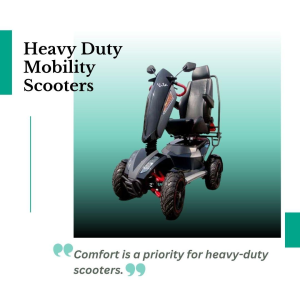
Features of Heavy-Duty Mobility Scooters
High Weight Capacity: One of the primary features of heavy-duty scooters is their significantly higher weight capacity compared to standard models. These scooters are built to support users with varying body weights.
Sturdy Construction: Heavy-duty scooters are constructed with durable materials and reinforced frames to provide stability and withstand the demands of daily use.
Powerful Motors: These scooters are equipped with powerful motors that allow them to handle inclines, rough terrains, and uneven surfaces with ease.
Larger Wheels: Heavy-duty scooters often feature larger wheels with enhanced tread patterns, providing better traction and stability on various surfaces.
Comfortable Seating: Comfort is a priority for heavy-duty scooters. They typically offer larger and more cushioned seats to accommodate users comfortably during longer rides.
3. 3 Wheel Mobility Scooters
Three-wheel scooters, also known as 3-wheel mobility scooters, are a popular category of mobility aids designed to provide users with a balance of maneuverability, agility, and stability. These scooters offer a unique configuration with a single wheel in the front and two wheels in the back, creating a trike-like design.
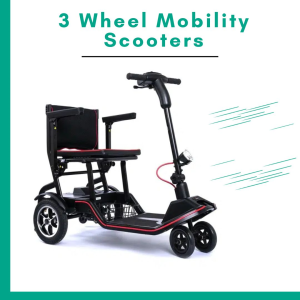
Features of 3-Wheel Mobility Scooters
Agile Maneuverability: The single front wheel allows for a tighter turning radius compared to 4-wheel scooters, making 3-Wheel Mobility Scooters excellent for navigating confined spaces and sharp corners.
Compact Design: The compact design of 3-Wheel Mobility Scooters makes them well-suited for indoor use, such as maneuvering through doorways, hallways, and retail spaces.
Stable Performance: Despite having one less wheel in the front, 3-Wheel Mobility Scooters offer stable performance due to their wider rear wheelbase and low center of gravity.
Elevated Legroom: The absence of a second front wheel often provides more legroom for users, allowing them to stretch out comfortably during rides.
4. 4 Wheel Scooters
Four-wheel scooters, also known as 4-wheel mobility scooters, are a popular category of mobility aids designed to provide users with enhanced stability, comfort, and versatility. These scooters feature a configuration with two wheels in the front and two wheels in the back, offering a well-balanced platform for users with varying Top Medical Mobility needs.
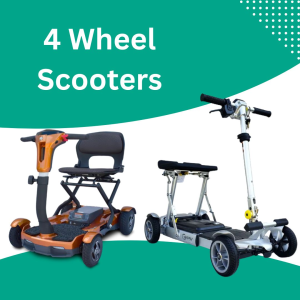
Features of 4-Wheel Scooters
Stability and Balance: The symmetrical design of 4-wheel scooters provides a stable and balanced platform, making them suitable for users who prioritize stability during rides.
Smooth Outdoor Performance: With a wider wheelbase and evenly distributed weight, 4-wheel scooters offer better stability on uneven terrains and outdoor surfaces.
Comfortable Seating: 4-wheel scooters often come with larger and more cushioned seats, providing a comfortable and enjoyable riding experience, especially during longer journeys.
Enhanced Storage: Many 4-wheel scooters offer additional storage options, such as under-seat compartments or front baskets, allowing users to carry personal belongings or shopping items.
Our Top 5 Fast Selling Mobility Scooters You May Buy:
Conclusion:
This comprehensive buying guide serves as your roadmap to selecting the ideal mobility scooter that aligns with your lifestyle, needs, and preferences. Armed with the knowledge of various scooter types, essential features, and considerations, you’re now ready to embark on your mobility journey with confidence. The right mobility scooter has the power to transform your daily experiences, granting you the freedom to explore, socialize, and regain your independence.



